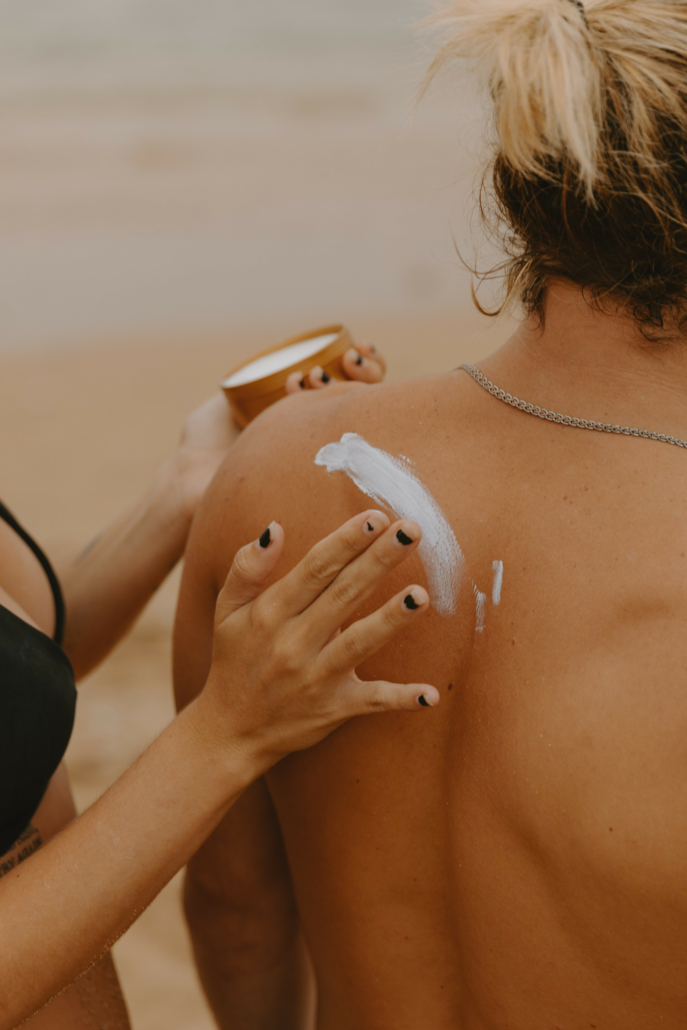Mineral Vs Chemical Sunscreens
Chemical based sunscreens:
How they work: once they are applied and absorbed into the skin, they dissipate the UV radiation into heat via chemical reaction. They are not effective until they get absorbed into the skin.
Chemicals include one or more of the following: oxybenzone, avobenzone, octisalate, octocrylene, homosalate, and octinoxate.
The chemicals are under new scrutiny from the FDA and most of them require more research before they can be “generally recognized as safe and effective.”
These chemicals can build up in your bloodstream and the long-term effects are currently unknown. Oxybenzone, which may have hormone-disrupting qualities dangerous for kids.
They can leach off of skin into bodies water and linked as a cause of reef death in our Oceans.
Most likely to come packaged in plastic! Gross.
Mineral based sunscreens:
How they work: they create a physical barrier to reduce the effects of UV radiation. They reflect the sunlight off like an extra layer of skin or a coat of armor.
Zinc Oxide and Titanium Oxide are currently the only sun protecting agents that are “generally recognized as safe and effective” by the FDA.*** They are two natural minerals from our Earth that protect both UVA and UVB rays!
Non water soluble. They don’t easily leach off of skin into bodies of water and are assumed to be less harmful to delicate reef-based ecosystems. Mineral based sunscreens are so robust that some can even be applied while under water.
It’s great for all skin types, even those with sensitive skin. Anyone older than 6 months can use physical sunscreens that contain zinc oxide and benefit from the anti-inflammatory properties of zinc oxide.
Where does Zinc Oxide Come From? One of the processes for zinc oxide has been around since the mid 1800s, the indirect or French process. Made simply by vaporizing zinc at high temperatures and letting it react with oxygen in the air before cooling and collecting. By volume, most of the zinc oxide produced globally is processed this way.
Check out more sunscreen resource links


